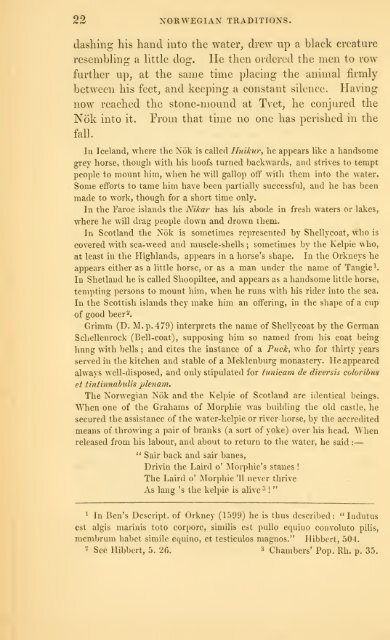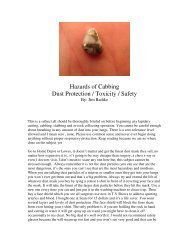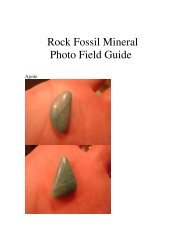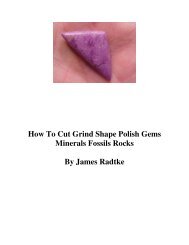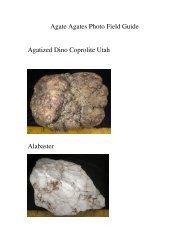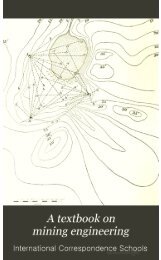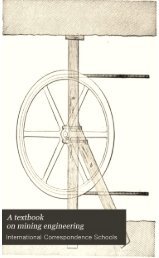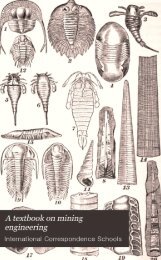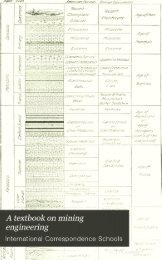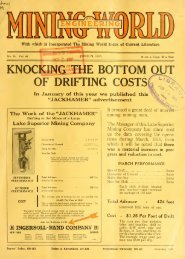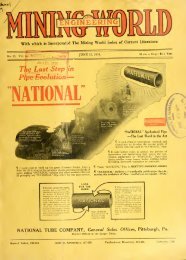Northern mythology
You also want an ePaper? Increase the reach of your titles
YUMPU automatically turns print PDFs into web optimized ePapers that Google loves.
—<br />
22 NORWEGIAN TRADITIONS.<br />
dashing liis hand into the water, drew up a black creature<br />
resembUng a Kttle dog. He then ordered the men to row<br />
further up, at the same time placing the animal firmly<br />
between his feet, and keeping a constant silence. Having<br />
now reached the stone-mound at Tvet, he conjured the<br />
Nok into it. From that time no one has perished in the<br />
fall.<br />
In Iceland, where the Nok is called Hjiikur, he appears like a handsome<br />
grey horse, though ^ith his hoofs turned backAvards, and strives to tempt<br />
people to mount him, when he will gallop off with them into the water.<br />
Some efforts to tame him have been partially successful, and he has been<br />
made to work, though for a short time only.<br />
In the Faroe islands the Nikar has his abode in fresh waters or lakes,<br />
where he will drag people down and drown them.<br />
In Scotland the Nok is sometimes represented by Shellycoat, who is<br />
covered with sea-weed and muscle-shells ;<br />
sometimes by the Kelpie who,<br />
at least in the Highlands, appears in a horse's shape. In the Orkneys he<br />
appears either as a little horse, or as a man under the name of Tangled<br />
In Shetland he is called Shoopiltee, and appears as a handsome httle horse,<br />
tempting persons to mount him, when he runs with his rider into the sea.<br />
In the Scottish islands they make him an offering, in the shape of a cup<br />
of good beer^.<br />
Grimm (D. M.p. 479) interprets the name of Shellycoat by the German<br />
Schellenrock (Bell-coat), supposing him so named from his coat being<br />
hung with bells ; and cites the instance of a Puck, who for thirty years<br />
served in the kitchen and stable of a Meklenburg monastery. He appeared<br />
always well-disposed, and only stipulated for tunicam de diversis coloribus<br />
et tintinnabulis plenam.<br />
The Norwegian Nok and the Kelpie of Scotland are identical beings.<br />
When one of the Grahams of Morphie was building the old castle, he<br />
secured the assistance of the water-kelpie or river horse, by the accredited<br />
means of throwing a pair of branks (a sort of yoke) over his head. When<br />
released from his labour, and about to return to the water, he said :<br />
" Sair back and sair banes,<br />
Drivin the Laird o' Morphie's stanes !<br />
The Laird o' Morphie '11 never thrive<br />
"<br />
As lang 's the kelpie is alive ^ !<br />
^ In Ben's Descript. of Orkney (1599) he is thus described: " Indutus<br />
est algis marinis toto corpore, similis est puUo equino convoluto pilis,<br />
membrum habet simile equino, et testiculos magnos." Hibbcrt, 504.<br />
2 Sec Ilibbert, 5. 20. ^ Chambers' Pop. Rh. p. 35.


